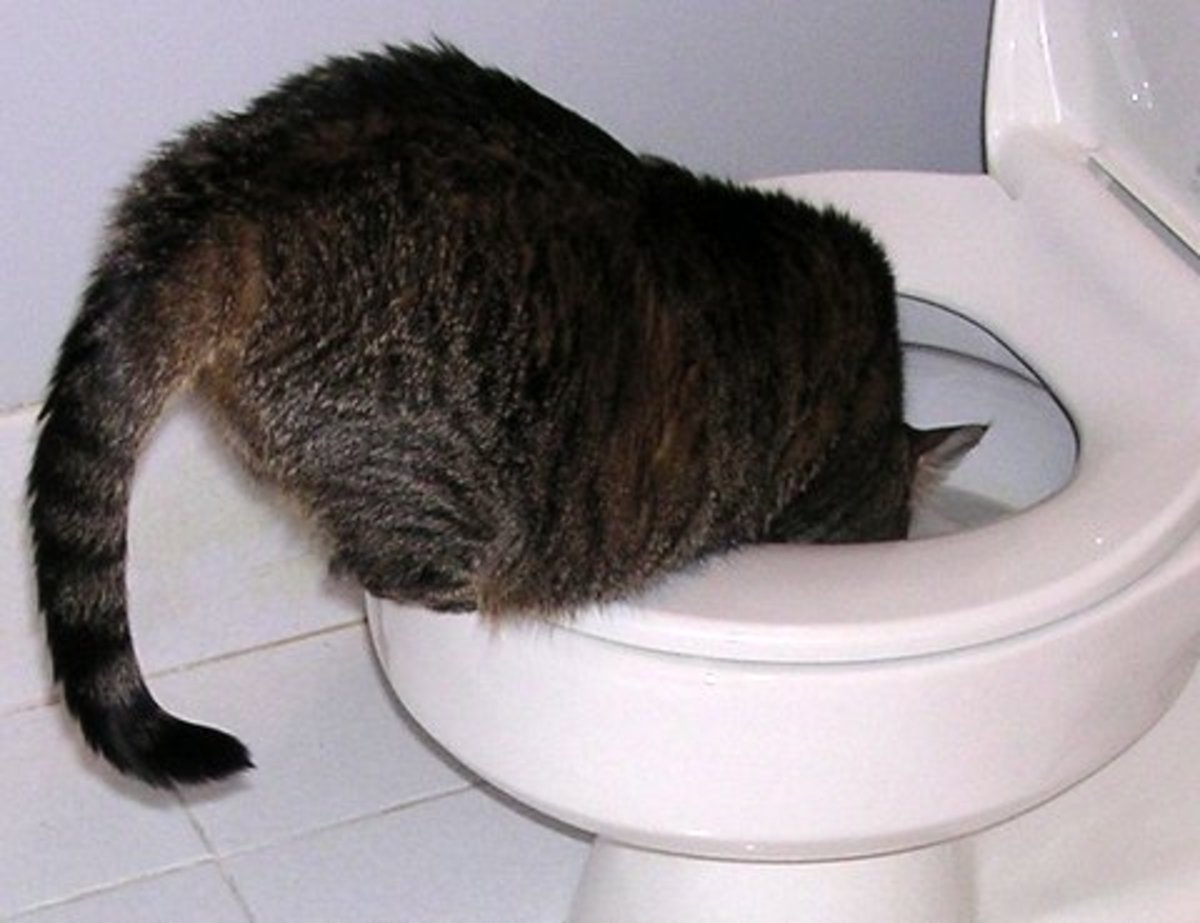We have uncovered the article relating to How to Dispose of Cat Poop and Litter Without Plastic Bags directly below on the net and think it made good sense to talk about it with you here.

Intro
As pet cat proprietors, it's necessary to bear in mind exactly how we dispose of our feline friends' waste. While it might seem hassle-free to flush pet cat poop down the commode, this technique can have harmful effects for both the atmosphere and human health and wellness.
Alternatives to Flushing
Thankfully, there are more secure and extra liable methods to take care of feline poop. Consider the following alternatives:
1. Scoop and Dispose in Trash
One of the most typical method of disposing of pet cat poop is to scoop it right into an eco-friendly bag and toss it in the garbage. Be sure to make use of a specialized clutter inside story and throw away the waste without delay.
2. Usage Biodegradable Litter
Go with naturally degradable pet cat trash made from products such as corn or wheat. These clutters are environmentally friendly and can be securely dealt with in the garbage.
3. Bury in the Yard
If you have a lawn, think about burying cat waste in a designated area away from veggie yards and water resources. Make certain to dig deep sufficient to prevent contamination of groundwater.
4. Install a Pet Waste Disposal System
Invest in a family pet waste disposal system especially created for feline waste. These systems make use of enzymes to break down the waste, minimizing smell and environmental influence.
Health and wellness Risks
Along with environmental problems, flushing cat waste can likewise posture wellness threats to humans. Cat feces might consist of Toxoplasma gondii, a parasite that can cause toxoplasmosis-- a potentially severe illness, especially for expecting women and individuals with weakened immune systems.
Environmental Impact
Flushing feline poop presents dangerous virus and bloodsuckers into the water system, posturing a significant threat to marine communities. These pollutants can negatively impact aquatic life and concession water quality.
Conclusion
Accountable animal possession prolongs past offering food and sanctuary-- it also includes correct waste administration. By refraining from flushing feline poop down the commode and selecting alternative disposal approaches, we can reduce our environmental impact and secure human health.
Why Can’t I Flush Cat Poop?
It Spreads a Parasite
Cats are frequently infected with a parasite called toxoplasma gondii. The parasite causes an infection called toxoplasmosis. It is usually harmless to cats. The parasite only uses cat poop as a host for its eggs. Otherwise, the cat’s immune system usually keeps the infection at low enough levels to maintain its own health. But it does not stop the develop of eggs. These eggs are tiny and surprisingly tough. They may survive for a year before they begin to grow. But that’s the problem.
Our wastewater system is not designed to deal with toxoplasmosis eggs. Instead, most eggs will flush from your toilet into sewers and wastewater management plants. After the sewage is treated for many other harmful things in it, it is typically released into local rivers, lakes, or oceans. Here, the toxoplasmosis eggs can find new hosts, including starfish, crabs, otters, and many other wildlife. For many, this is a significant risk to their health. Toxoplasmosis can also end up infecting water sources that are important for agriculture, which means our deer, pigs, and sheep can get infected too.
Is There Risk to Humans?
There can be a risk to human life from flushing cat poop down the toilet. If you do so, the parasites from your cat’s poop can end up in shellfish, game animals, or livestock. If this meat is then served raw or undercooked, the people who eat it can get sick.
In fact, according to the CDC, 40 million people in the United States are infected with toxoplasma gondii. They get it from exposure to infected seafood, or from some kind of cat poop contamination, like drinking from a stream that is contaminated or touching anything that has come into contact with cat poop. That includes just cleaning a cat litter box.
Most people who get infected with these parasites will not develop any symptoms. However, for pregnant women or for those with compromised immune systems, the parasite can cause severe health problems.
How to Handle Cat Poop
The best way to handle cat poop is actually to clean the box more often. The eggs that the parasite sheds will not become active until one to five days after the cat poops. That means that if you clean daily, you’re much less likely to come into direct contact with infectious eggs.
That said, always dispose of cat poop in the garbage and not down the toilet. Wash your hands before and after you clean the litter box, and bring the bag of poop right outside to your garbage bins.
https://trenchlesssolutionsusa.com/why-cant-i-flush-cat-poop/

I'm very excited about Don’t flush cat feces down the toilet and I am praying you liked our blog entry. Loved our posting? Please share it. Help another person discover it. Thank-you for going through it.
Get Your Estimate Now